
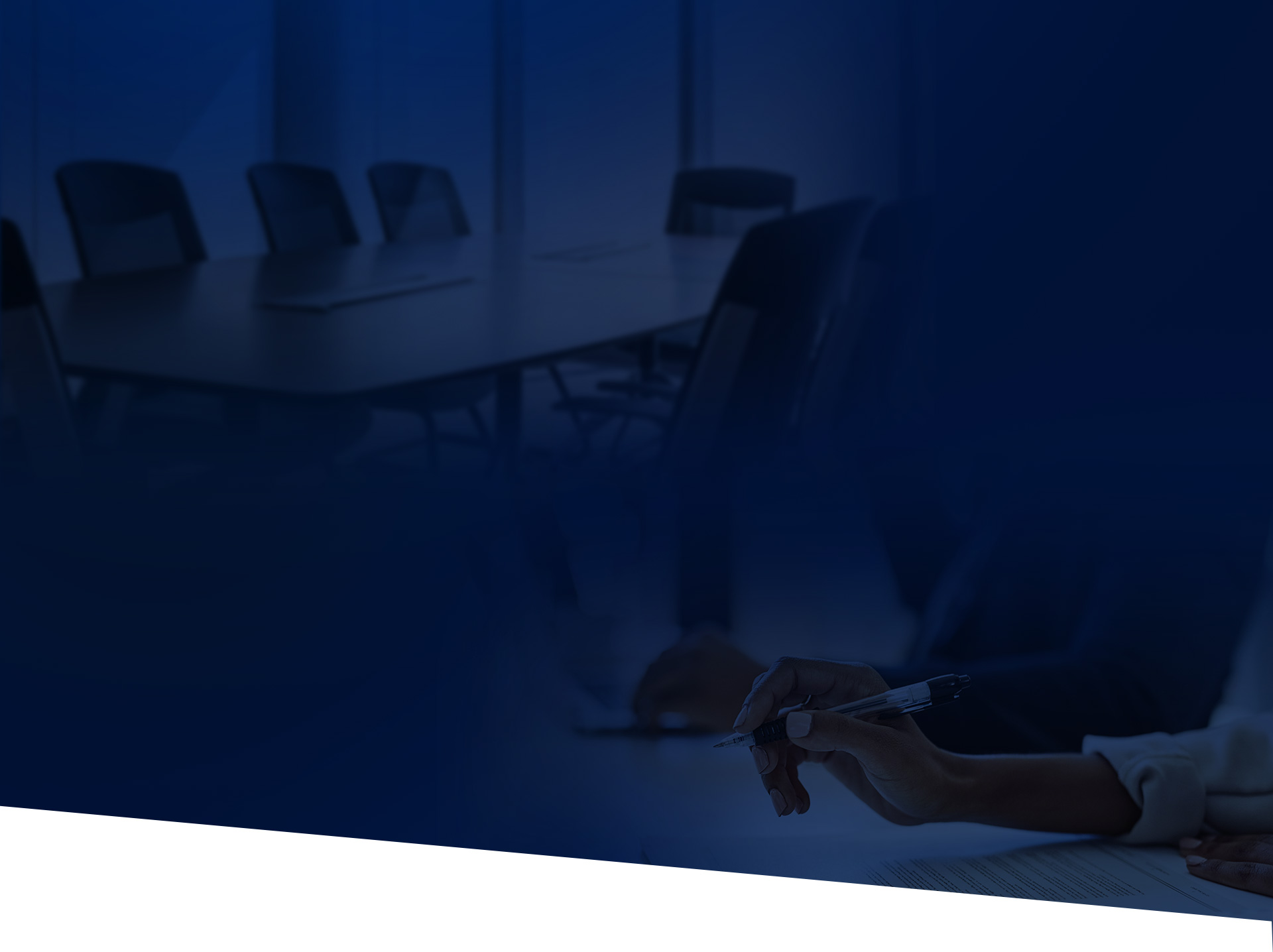
Table of Contents
- Kuvara Law Firm Secures $410,000 for Injured Shopper
- What Are the Legal Duties of Property Owners in California?
- What Constitutes a Dangerous Condition?
- Common Slip and FallI Injuries
- Damages Available in a Slip and Fall Claim
- Call Kuvara Law Firm Today to Discuss Your Slip and Fall Claim
- What Do I Need to Prove in a Slip and Fall Case?
- Top Causes of Slip and Fall Accidents in San Rafael
- Frequently Asked Questions About California Slip and Fall Accident Cases
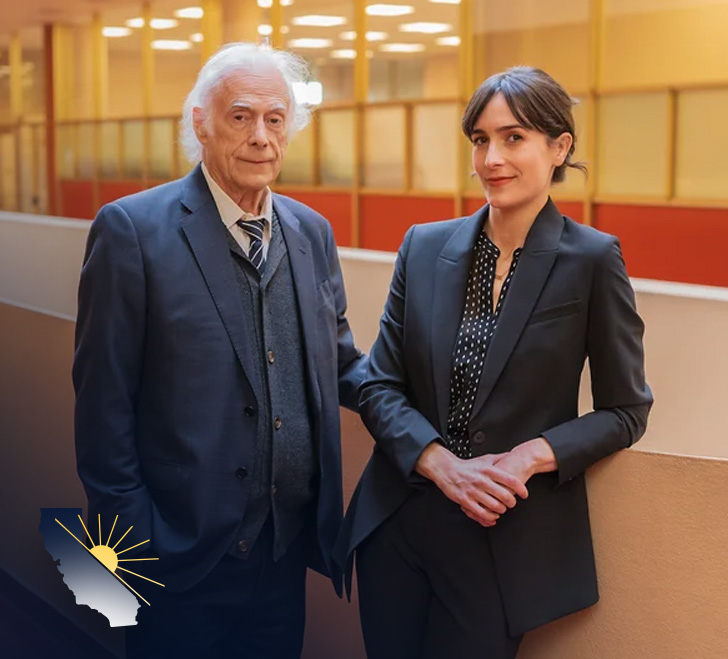
Kuvara Law Firm Secures $410,000 for Injured Shopper
A 68-year-old woman tripped on unseen steps in a store, suffering severe fractures in both arms, including displaced ulna and radial head fractures. She underwent emergency surgeries, with a prosthetic replacement in her left arm. We assisted her in obtaining funds for in-home support during recovery and negotiated a substantial pre-litigation settlement. Additionally, we reduced her outstanding medical bills, ensuring a swift and cost-effective resolution to her case.

Don’t settle for less. Fight for full compensation.
-
$2,000,000 Truck Accident
-
$1,850,000 Pedestrian Accident
-
$1,800,000 Motorcycle Accident
-
$1,750,000 Motor Vehicle Accident
-
$1,495,000 Premises Liability
-
$1,410,000 Premises Liability
-
$1,300,000 Pedestrian Accident
-
$1,000,000 Rollover Accident

-
"They held my hand thru the whole thing, answering my silly calls with questions and showing great patience."
I found the Kuvara Law Firm when I did a search for personal injury attorneys. I scanned down the possibilities but their name jumped out at me. I called, sure I didn't have a claim because I've never done this before, but on reviewing my case Mr. Kuvara said I DO have a case and assigned me to the appropriate person to get things started. They were always very friendly and encouraging whenever I contacted them. Colby is an absolute doll! Then when I had my fall and concussion Mr. Kovara referred me to a colleague at another firm that specializes in that type of case. They, too, were good and helpful and full of information I'd never think of! Everything was perfect, they really knew their jobs at both firms and took great care of me. I can't recommend them highly enough and will keep their contact information in my wallet ready to share with all who may ask! Thanks so much, Colby!
- Lynne D.B. -
"They really are a best in class firm who will fight for you."
I would highly recommend Kuvara Law Firm to anyone who has been in an accident. Colby Kuvara was an excellent attorney who went above and beyond in guiding me through the legal process and really advocating for me in a time that was extremely stressful. Her team was very responsive and thorough through the duration of the case.
- Jessica B. -
"Coby Kuvara is caring, compassionate, patient and knowledgeable."
She consistently checked in on my wellness and kept me updated, which was instrumental in the pursuit of my mental and physical health progression. I have no regrets choosing Kuvara Law Firm, if I ever find myself needing help again I know I can trust Kuvara Law.
- Sondra R. -
"Simply the best."
Neal and Colby Kuvara worked tirelessly to achieve a result I am happy with. They did not promise me anything they did not deliver. Along with this, they are decent people, not something you may associate with Lawyers. They proceeded at a pace that allowed me to heal and kept me informed of all developments in a timely manner. I could not recommend them more highly.- Jason D.
What Are the Legal Duties of Property Owners in California?
In California, property owners have a duty to keep their property free of dangerous conditions. If there is a dangerous condition, and it cannot be remedied in a timely manner, property owners must warn visitors of the hazard. Failure to do so is considered a breach of the property owners’ duty to warn.
Slip and Fall Accidents Cause Serious Injuries
Slip and fall accidents are a significant cause of injury, accounting for over 1 million emergency room visits annually in the U.S. They are the leading cause of workers’ compensation claims and the primary cause of lost workdays. For older adults, these falls often result in serious injuries, including fractures and head trauma, leading to long-term complications or fatalities. Statistics highlight the critical need for preventive measures to reduce the frequency and severity of such accidents.
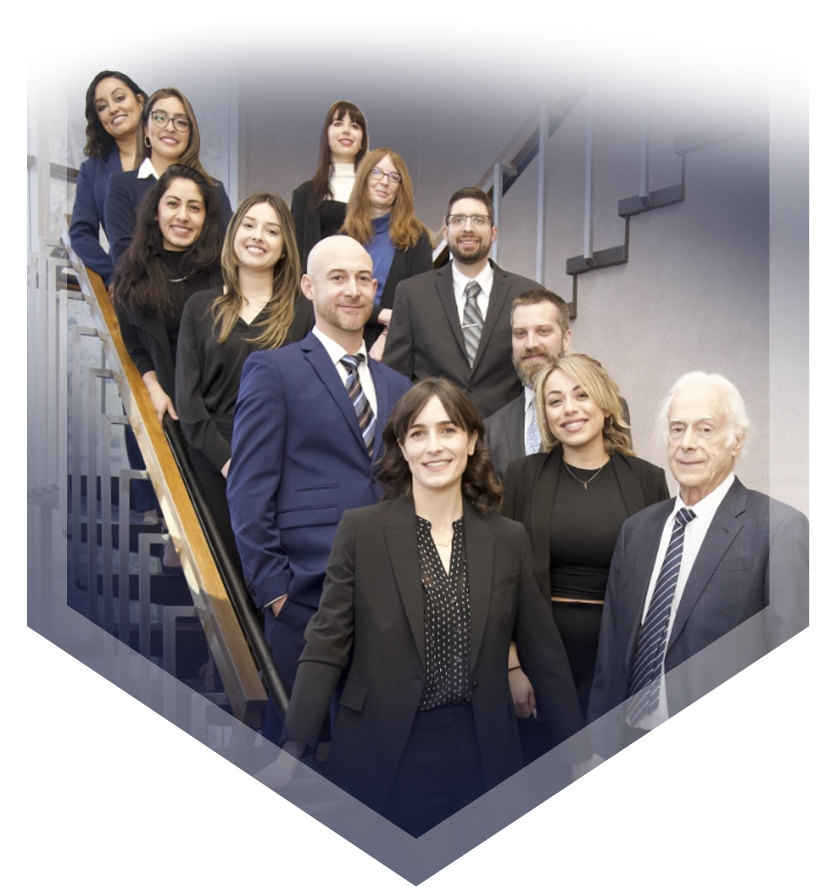
What Constitutes a Dangerous Condition?
In premises liability law, a dangerous condition refers to any situation on a property that presents an unreasonable risk of harm to people on the premises. Such conditions are typically characterized by their likelihood to cause injury, and they often arise from issues like poor maintenance, design flaws, or neglect. Common examples include slippery floors, uneven sidewalks, faulty staircases, inadequate lighting, or exposed wiring. To hold a property owner liable, it must be proven that he or she knew or should have known about the dangerous condition and failed to take appropriate action to fix it or warn visitors.
Key factors in determining a dangerous condition include the foreseeability of harm, the severity of the injury, and the owner’s ability to rectify the issue. The injured party must also demonstrate that the injury was directly caused by the dangerous condition. Property owners are generally expected to conduct regular inspections and maintenance to ensure the premises is safe. The standards of care and liability may vary depending on the type of property (residential, commercial, public) and the legal status of the visitor (invitee, licensee, trespasser).
Consider a store that has a set of brick steps leading to its front door. One of the bricks has become loose and has cracked into a couple of pieces. Although the property owner knows about the brick, the property owner lets several weeks go by without repairing it.
One day, a customer trips over the brick, falls, and breaks her ankle. In this case, the customer would likely be entitled to damages because the property owner knew about the dangerous condition and did not repair it or warn visitors about it.
Spills are another example of a dangerous condition. However, whether slip and fall victims will be compensated for their injuries depends on the nature of the spill. For example, if a customer slipped on spilled juice that had been ignored by grocery store employees for an hour, the customer would likely receive damages.
If the spill had just occurred in the past few minutes, and store employees had not had a chance to notice the spill, obtaining damages may be more difficult.
Common Slip and Fall Injuries
Slip and fall accidents can result in a variety of injuries, ranging from minor bruises to severe, life-altering conditions. The nature and severity of injuries depend on several factors, including the fall’s height, the surface on which the person lands, and the individual’s age and physical condition. Prompt medical attention and appropriate treatment are crucial for recovery, and preventive measures should be implemented to minimize the risk of such accidents. When injuries are severe enough to warrant costly medical treatment and prolonged time off work, compensation should be sought with the help of a slip and fall lawyer.
-
FracturesFractures are among the most frequent injuries in slip and fall incidents. These occur when the impact of the fall causes bones to break or crack. The wrists, arms, ankles, and hips are particularly vulnerable. Elderly individuals are at higher risk for hip fractures, which can impact mobility and quality of life.
-
Sprains and StrainsLigaments and tendons can be stretched or torn during a fall, leading to sprains and strains. Ankle and wrist sprains are common as individuals instinctively try to break their fall. These injuries can cause significant pain, swelling, and reduced mobility.
-
Head InjuriesHead injuries are particularly concerning in slip and fall accidents. A person may suffer a concussion or a more severe traumatic brain injury (TBI) if they hit their head during the fall. Symptoms of head injuries can range from mild (headaches and dizziness) to severe (loss of consciousness, cognitive impairments, and personality changes).
-
Spinal Cord InjuriesFalls can result in spinal cord injuries, particularly if the impact is significant. These injuries can cause partial or complete paralysis, depending on the injury’s location and severity.
-
Cuts and AbrasionsSlip and fall accidents can also cause cuts and abrasions, especially if the surface is rough or sharp. These injuries can vary from minor scrapes to deep lacerations requiring stitches.
-
Knee InjuriesFalling on a bent knee can cause injuries such as patellar fractures, dislocations, or ligament tears (e.g., ACL injuries). These injuries can lead to long-term pain and instability, often requiring surgical repair and extensive rehabilitation.
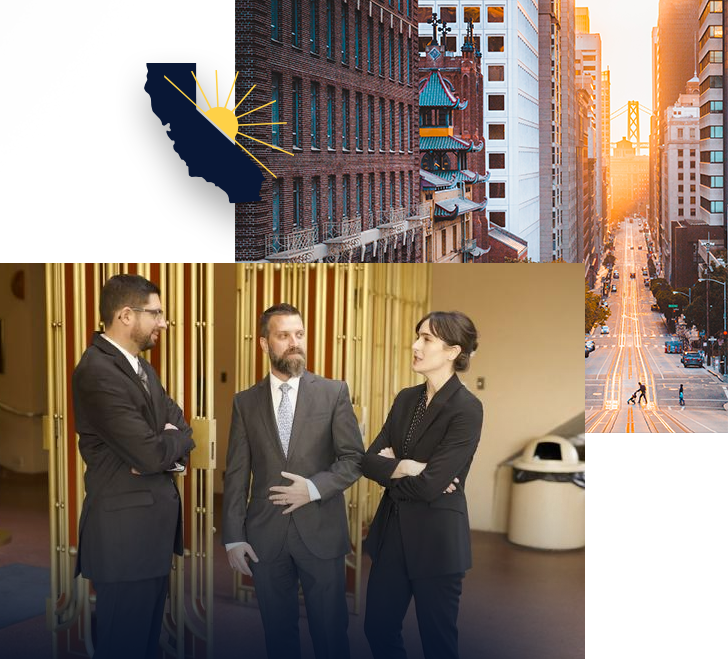

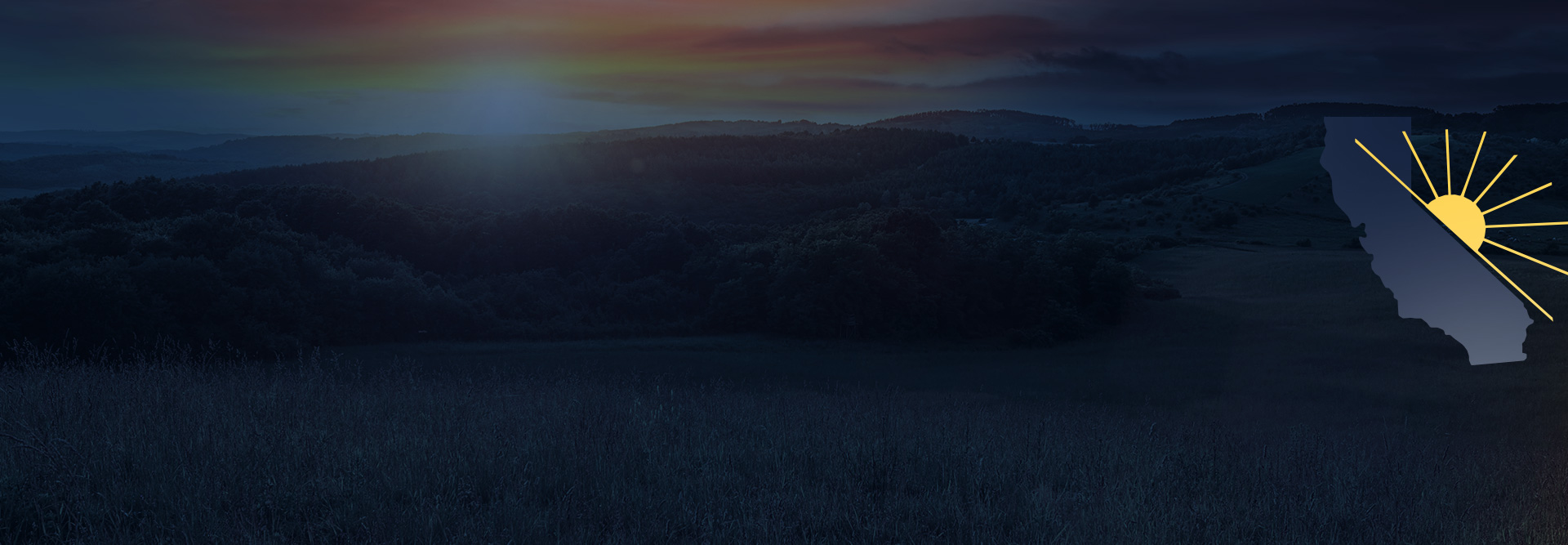

Damages Available in a Slip and Fall Claim
In a slip and fall case in California, damages are categorized into three main types: economic, non-economic, and punitive.
A slip and fall case in California may result in economic damages, which compensate for tangible financial losses; non-economic damages, which address more subjective, non-monetary impacts; and punitive damages, which are awarded in cases of particularly egregious conduct to punish the defendant and deter similar actions in the future. The damages awarded in any case will depend on the circumstances of the accident and the extent of the plaintiff’s injuries and losses. Your San Rafael personal injury attorney will help you recover all the damages you are entitled to under the law.
-
Economic DamagesEconomic damages refer to the quantifiable financial losses that the plaintiff incurs due to the slip and fall accident. These include medical expenses, such as costs for hospital stays, surgeries, doctor visits, physical therapy, prescription medications, and any future medical care that may be necessary. Economic damages also encompass lost wages for the time the plaintiff was unable to work due to his or her injuries. If the injuries result in long-term or permanent disability, the plaintiff may also claim for loss of earning capacity, which considers the reduction in the plaintiff’s ability to earn income in the future. Additional economic damages can include costs for property damage, such as broken personal items, and out-of-pocket expenses related to the injury, like transportation costs to medical appointments.
-
Non-Economic DamagesNon-economic damages cover the intangible, non-monetary losses that the plaintiff experiences as a result of the slip and fall accident. These are inherently subjective and can vary from case to case. Non-economic damages include pain and suffering, which accounts for the physical pain and emotional distress endured by the plaintiff. Mental anguish and emotional distress might encompass anxiety, depression, and other psychological impacts stemming from the injury. Other non-economic damages might include loss of enjoyment of life, which compensates the plaintiff for the inability to engage in activities and hobbies he or she once enjoyed, and loss of consortium, which covers the impact of the injury on the plaintiff’s relationship with his or her spouse or family.
-
Punitive Damages
Punitive damages are less common and are awarded in cases where the defendant’s conduct was particularly egregious or exhibited a reckless disregard for the safety of others. In California, punitive damages are intended not to compensate the plaintiff, but to punish the defendant and deter similar conduct in the future. To be awarded punitive damages, the plaintiff must prove that the defendant’s behavior was malicious, oppressive, or fraudulent. This means showing that the defendant acted with intent to harm or with a willful and conscious disregard for the rights and safety of others.
Call Kuvara Law Firm Today to Discuss Your Slip and Fall Claim
If you or someone you love has suffered a slip and fall accident, call an experienced slip and fall lawyer at the Kuvara Law Firm. When someone else’s recklessness or negligence leaves you with a serious impairment, you may be entitled to compensation for your medical expenses, lost wages, and other expenses. We will deal with the insurers and their counsel on your behalf while you focus on healing and rebuilding.
If you were injured on someone else’s property, you may be entitled to compensation. To schedule a free consultation with our legal team, contact us at

What Do I Need to Prove in a Slip and Fall Case?
Slip and fall cases are a type of personal injury claim known as premises liability cases. To win this type of lawsuit, you will need to prove:
- The other party (defendant) owned, leased, occupied, or controlled the property;
- The defendant was negligent in using or maintaining the property;
- You (plaintiff) were harmed by slipping and falling on their property; and
- The defendant’s negligence was a substantial factor in causing your injuries.
Negligence is a legal concept that means that someone failed to act as a reasonable person would in a similar situation. In slip and fall cases, you can prove negligence by showing:
- There was a condition on the defendant’s property that created an unreasonable risk of harm;
- The defendant knew or should have known about the hazard with the exercise of reasonable care; and
- The defendant failed to repair the hazard, protect people from getting hurt by it, or to give adequate warning about it.
For example, a bottle of cooking oil was dropped at a grocery store, creating an incredibly slippery surface. A customer told the manager about the spill. The manager was busy at the time, so he or she didn’t make sure that it was cleaned up, close off the aisle, or put up a warning sign to let shoppers know that there was a spill. If someone slips and falls because of this spill, the grocery store could be responsible for any losses suffered.

Top Causes of Slip and Fall Accidents in San Rafael
Slip and fall accidents in San Rafael are often caused by several common hazards:
Property owners and managers in San Rafael must address these hazards promptly and ensure proper maintenance and safety protocols to reduce the incidence of slip and fall accidents, thereby protecting residents and visitors alike.
-
Adverse weather conditions during rainy seasons
-
Inadequate maintenance (broken steps, railings)
-
Cluttered walkways and obstructions (cords, debris)
-
Poor lighting in parking lots, stairwells, and hallways
-
Uneven flooring or pavement (cracked sidewalks, loose tiles)
-
Wet or slippery surfaces from rain or spills
frequently asked quetsions
California Slip and Fall Accident Cases
-
How Long Do I Have to Sue for a Slip and Fall Accident?
In California, the statute of limitations to sue for a slip and fall accident is generally two years from the date of the incident. This means plaintiffs must file their lawsuit within this timeframe to preserve their right to seek compensation for injuries and damages. Failure to file within the statute of limitations typically results in the court dismissing the case, barring the plaintiff from recovering damages unless certain exceptions, such as delayed discovery of injuries, apply.
-
I Fell at My Friend’s House, and I Don’t Want to Sue Them. What Should I Do?
Slip and fall accidents can happen anywhere — including at a loved one’s house. It is understandable that you don’t want to file a lawsuit against a friend. Yet at the same time, you may be struggling to pay your medical bills, especially if you have to miss work to recover from your injuries. Fortunately, you don’t have to sue your friend to get compensation for your injuries. In fact, you won’t be filing a lawsuit against them. Any claim that you make will be against their insurance company.
We carry homeowner and renter’s insurance for a reason: to protect us in case something happens, like someone falling and getting hurt on your property. Your friend has been paying insurance premiums exactly for a situation like this. While you may feel awkward about the situation, remember that it won’t be your friend who pays your medical expenses, lost wages, or pain and suffering — it’ll be their insurance company.
-
I Fell On a Broken Piece of a Sidewalk That Is Owned By My Town. Can I Sue the City?
Just like other property owners, the state, counties, and cities and towns have a responsibility to take care of their property. If they failed to maintain the sidewalk properly, you could file a lawsuit against the city.
However, these types of claims are a bit different from other types of personal injury cases. The government has immunity from many types of lawsuits, with exceptions for things like slip and falls and other types of personal injury claims. If you can show that the government agency had notice of the dangerous broken sidewalk and failed to fix it, then you can file a claim against the city.
There is a procedure for filing these claims. Unlike other slip and fall cases, you will need to file a notice of claim within 6 months of the accident, as compared to the 2-year statute of limitations for personal injury lawsuits against non-government entities. The city may accept or reject your claim. If your claim is rejected, a San Rafael personal injury lawyer can help you file a lawsuit against the city.



